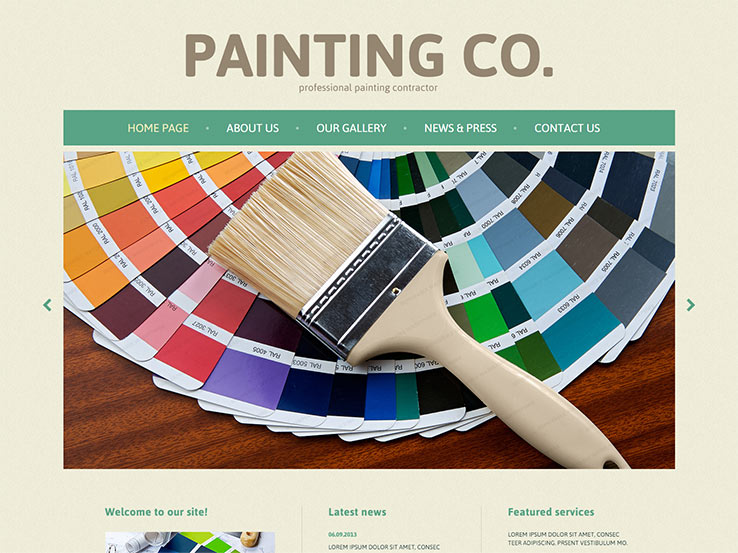Figure Out How Seasonal Variables Affect Industrial Exterior Painting Success And Find The Best Times To Make Certain Long-Term Results For Your Project
Figure Out How Seasonal Variables Affect Industrial Exterior Painting Success And Find The Best Times To Make Certain Long-Term Results For Your Project
Blog Article
Material Written By-Doherty Celik
When you're intending an industrial outside paint task, seasonal factors can make or break your results. You'll intend to consider exactly how temperature and humidity impact paint application and drying times. Picking the ideal period can ensure your paint adheres appropriately and lasts much longer. But which seasons are truly the best for this type of job? Allow's discover the key elements that can impact your job's success.
The Influence of Temperature on Paint Application
When you're planning a commercial outside paint job, the temperature can significantly impact exactly how well the paint adheres and dries out.
Ideally, you intend to repaint when temperatures vary in between 50 ° F and 85 ° F. If it's also cold, the paint may not treat appropriately, resulting in problems like peeling or fracturing.
On the other hand, if it's also hot, the paint can dry as well quickly, avoiding proper attachment and resulting in an uneven surface.
You must also take into consideration the time of day; morning or late afternoon supplies cooler temperatures, which can be more favorable.
Always examine the supplier's suggestions for the details paint you're making use of, as they typically provide advice on the optimal temperature level variety for optimum outcomes.
Moisture and Its Effect on Drying Times
Temperature level isn't the only environmental variable that influences your industrial external painting project; humidity plays a considerable role also. High humidity levels can decrease drying times substantially, affecting the total top quality of your paint work.
When the air is saturated with moisture, the paint takes longer to treat, which can cause problems like inadequate adhesion and a greater danger of mildew development. If you're repainting on an especially damp day, be gotten ready for extended delay times between coats.
It's essential to keep track of neighborhood weather and strategy as necessary. Ideally, aim for moisture degrees in between 40% and 70% for ideal drying.
Keeping these factors in mind guarantees your task stays on track and supplies a long-term finish.
Best Seasons for Commercial Exterior Paint Projects
What's the most effective season for your business external painting jobs?
Spring and early fall are typically your best choices. Throughout these seasons, temperatures are mild, and moisture levels are usually lower, producing ideal conditions for paint application and drying.
Stay just click the next post of summer season's intense heat, which can create paint to dry as well rapidly, bring about bad attachment and coating. In a similar way, winter months's chilly temperatures can hinder correct drying and curing, running the risk of the durability of your paint task.
Go for days with temperatures between 50 ° F and 85 ° F for ideal results. Remember to check painting walls and ceiling the same colour forecast for rain, as damp problems can ruin your task.
Planning around these factors guarantees your painting job runs efficiently and lasts much longer.
Final thought
To conclude, preparing your business exterior painting projects around seasonal considerations can make a considerable distinction in the end result. By interior painting dfw during the ideal temperatures and moisture levels, you'll make certain far better bond and drying out times. Remember to keep an eye on regional weather forecasts and select the correct time of year-- springtime and early autumn are your best choices. Taking these actions will help you achieve a sturdy and professional surface that lasts.
